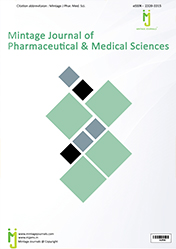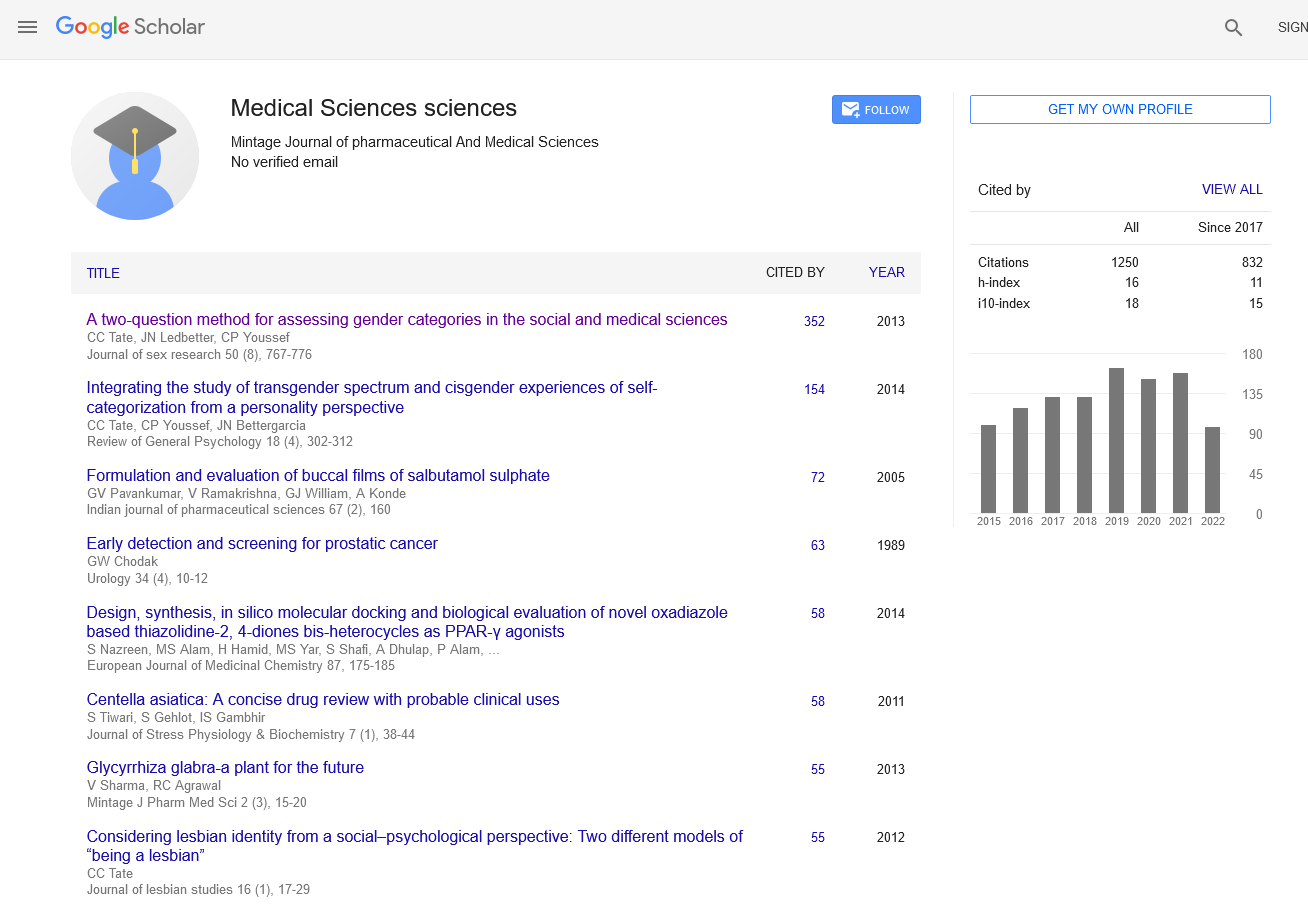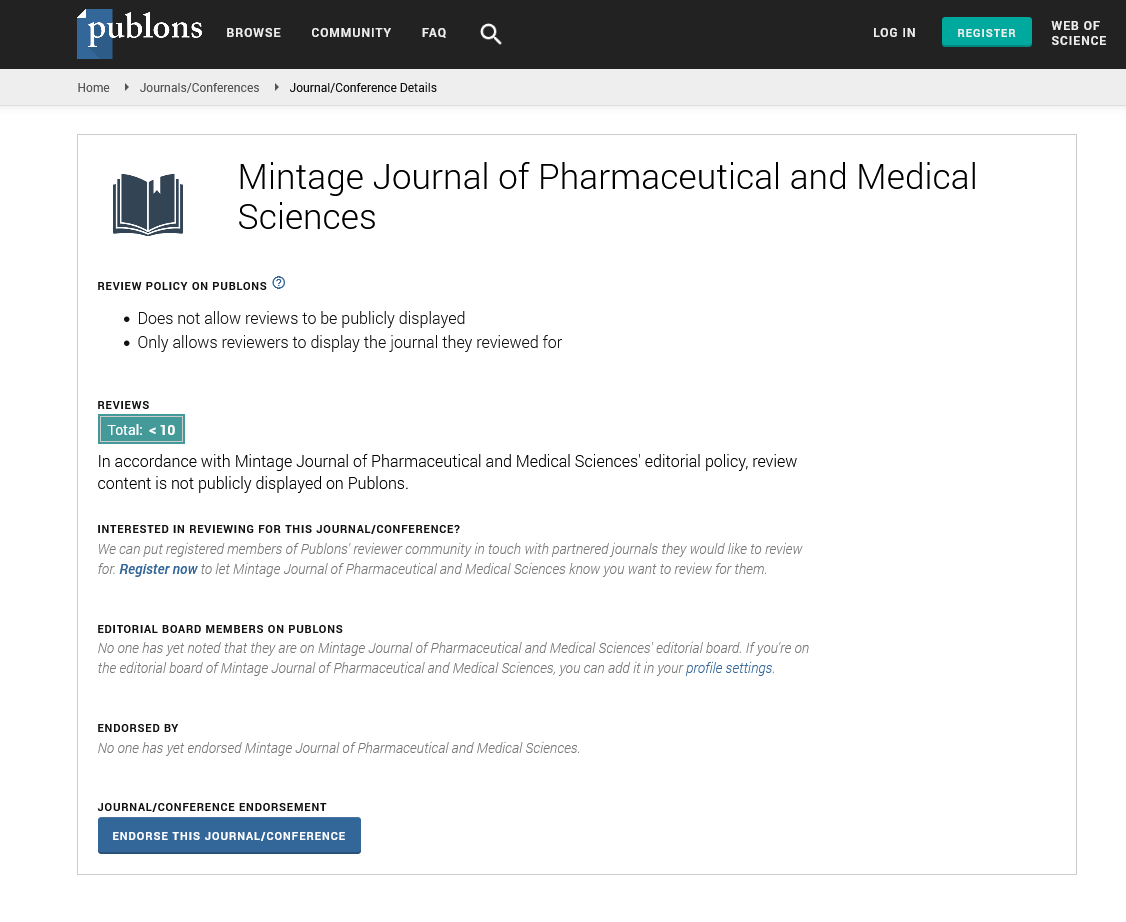EXTRACELLULAR VESICLES AS DRUG DELIVERY: A PROMISING FRONTIER IN MEDICINE
Opinion Article - (2024) Volume 13, Issue 1
Introduction
Extracellular Vesicles (EVs), including exosomes, microvesicles, and apoptotic bodies, are nano to micrometer sized particles naturally released from cells into the extracellular environment. These vesicles play crucial roles in cell-to-cell communication by transporting proteins, lipids, and nucleic acids. Recently, EVs have garnered significant attention as potential drug transporters due to their unique properties, including biocompatibility, intrinsic targeting capabilities, and the ability to cross biological barriers. This exploration delves into the potential of EVs as drug delivery systems, highlighting their advantages, mechanisms, and current challenges.
Description
Extracellular Vesicles (EVs) are produced by all cell types and are found in various body fluids, including blood, urine, and cerebrospinal fluid. Their composition reflects the cell of origin, making them ideal candidates for targeted drug delivery. One of the key advantages of EVs over traditional drug delivery systems is their natural origin, which allows for reduced immunogenicity and enhanced biocompatibility. Unlike synthetic nanoparticles, EVs are less likely to provoke an immune response, making them suitable for repeated administration. The lipid bilayer of EVs can encapsulate a variety of therapeutic agents, including small molecules, proteins, and nucleic acids, protecting them from degradation and facilitating their delivery to target cells. The surface of EVs is decorated with proteins and lipids that facilitate their interaction with specific recipient cells. This intrinsic targeting capability allows for the selective delivery of therapeutic payloads to diseased cells, minimizing off-target effects and enhancing treatment efficacy. For instance, EVs derived from mesenchymal stem cells have been shown to home to sites of inflammation and injury, making them ideal carriers for anti-inflammatory and regenerative therapies. One of the most promising applications of EVs is in the field of oncology. Cancer cells themselves release EVs that can promote tumor growth and metastasis by transferring oncogenic proteins and RNAs to neighbouring cells. However, this characteristic can be exploited for therapeutic purposes. By engineering EVs to carry anticancer drugs, researchers can utilize the natural targeting properties of EVs to deliver these drugs directly to tumor cells. Studies have demonstrated that EVs loaded with chemotherapeutic agents, such as doxorubicin, can effectively inhibit tumor growth in preclinical models while reducing systemic toxicity. In addition to small molecules, EVs are being explored as carriers for RNA-based therapies, including small interfering RNA, microRNA, and messenger RNA (mRNA). These RNA molecules can modulate gene expression and have the potential to treat a variety of genetic disorders and diseases. However, their clinical application is limited by delivery challenges, such as degradation by nucleases and poor cellular uptake. EVs can protect RNA from degradation and facilitate its delivery to target cells, enhancing the therapeutic potential of RNA-based drugs. For example, EVs loaded with siRNA targeting oncogenes have been shown to silence gene expression and inhibit tumor growth in animal models. Despite the promising potential of EVs as drug transporters, several challenges need to be addressed to advance their clinical application. One major challenge is the efficient and scalable production of EVs. Current methods for EV isolation, such as ultracentrifugation and size-exclusion chromatography, are labor intensive and yield low quantities of EVs. Developing scalable and standardized production methods is essential for the clinical translation of EV-based therapies. Another challenge is the precise characterization and modification of EVs. The heterogeneity of EV populations complicates the assessment of their therapeutic efficacy and safety. Advanced analytical techniques are needed to characterize the composition and functional properties of EVs. Additionally, engineering EVs to carry specific therapeutic payloads and target specific cells requires sophisticated bioengineering approaches.
Conclusion
Extracellular vesicles represent a promising frontier in drug delivery, offering unique advantages over traditional delivery systems. Their natural origin, biocompatibility, and intrinsic targeting capabilities make them ideal candidates for delivering a wide range of therapeutic agents. While significant challenges remain, ongoing research and technological advancements hold great promise for harnessing EVs as effective drug transporters, potentially revolutionizing the treatment of various diseases. As our understanding of EV biology and engineering improves, the clinical application of EV-based drug delivery systems is likely to expand, offering new hope for patients worldwide.
Author Info
Timothy Batista*Received: 28-Feb-2024, Manuscript No. mjpms-24-136522; , Pre QC No. mjpms-24-136522 (PQ); Editor assigned: 01-Mar-2024, Pre QC No. mjpms-24-136522 (PQ); Reviewed: 15-Mar-2024, QC No. mjpms-24-136522; Revised: 20-Mar-2024, Manuscript No. mjpms-24-136522 (R); Published: 27-Mar-2024, DOI: 10.4303/2320-3315/236009
Copyright: This is an open access article distributed under the terms of the Creative Commons Attribution License, which permits unrestricted use, distribution, and reproduction in any medium, provided the original work is properly cited.

ISSN: 2320-3315
ICV :81.58

